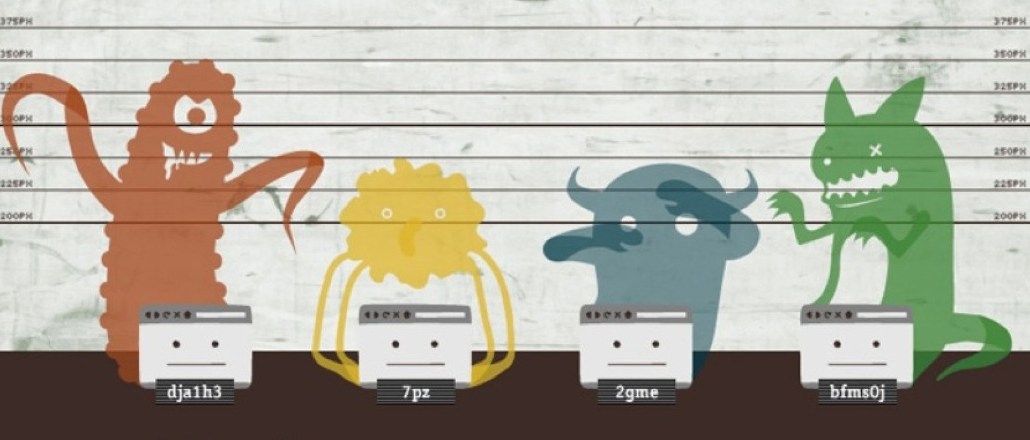Save 50% on a 3-month Digiday+ membership. Ends Dec 5.

This is the second post in “On the Side,” our new series in which we spotlight agency folks doing fun things on the side. If you (or someone you know) are an agency person cooking up a cool new blog, app, video, whatever it is, and want to be featured, contact me at the email address below.
When you think of user-experience design, concepts like easy to use, organized, logical and efficient come to mind; but Huge’s senior interaction designer Kunal Patel wants to do the exact opposite with his side project Not For Bots.
“I’m curious as to why we don’t create things that are more like people: occasionally irrational, complex, and/or unreliable,” explains Patel. “Are there thoughtful experiences to be uncovered there? Not For Bots is my own way of exploring those questions.”
Not For Bots is a site devoted to Patel’s ongoing online experiments that, as Patel describes it, are “experiments loosely bound by a ‘disruptive’ UX philosophy.” This philosophy is one that sprung from Patel’s graduate thesis in the MFA Design & Technology program at Parsons about “the value of irrational and unpredictable online experiences in our increasingly digital lives.”
Each of the projects on NFB involves one Internet trend that Patel is trying to address with a human behavior. Not For Bots currently features two projects, Transito.us and Penultim.it. Transito.us is meant to address what platforms like Twitter have done to our attention spans, according to Patel. Patel says he wanted to see what it would be like if a browser had no attention span. How Transito.us works is that you connect your Twitter account to the Tranito.us site and are given a unique permanent URL. Every time you click on your unique URL, it scrapes your Twitter timeline for the latest link one of your friends has posted and redirects your browser to that link. “It’s almost like a perpetually wrapped gift: You’ll probably enjoy it since a friend posted it, but you have no idea where it will go,” explains Patel. “The next time you click on it, any presence of the previous site will be gone.”
Penultim.it addresses the trend of URL shorteners. Patel explains that the idea for Penultim.it came from a story about Ogori Café, a museum café in Japan “where the next person in line received whatever the previous person ordered.” Penultim.it returns a shortened link to whatever the previous user submitted. “By exposing the operation of the system, it made the act of ordering incredibly thoughtful: What will you leave for the next person to enjoy? What will you receive?” says Patel.
Patel has two more NFB projects in the works. One deals with the value of check-ins, and the other is a “passive-aggressive approach to dealing with opening multiple browser tabs.” Patel didn’t want to go into much detail about them so as not to ruin the surprise.
Ad position: web_incontent_pos1
As Patel sees it, we should not confine the human experience via technology to be only what machines can understand.
“Facebook or LinkedIn don’t capture my quirks because they don’t map to something that can be readily explained or tracked. Does that mean that those aren’t important parts of who I am? Of course not, yet we’re content to design systems that assume the immeasurable is not important.”
More in Marketing

Ulta, Best Buy and Adidas dominate AI holiday shopping mentions
The brands that are seeing the biggest boost from this shift in consumer behavior are some of the biggest retailers.

U.K. retailer Boots leads brand efforts to invest in ad creative’s data layer
For media dollars to make an impact, brands need ad creative that actually hits. More CMOs are investing in pre- and post-flight measurement.

‘AI is permeating everything we do’: How Guitar Center developed 2 AI tools this year
This summer, the company launched a chatbot called Rig Advisor to help customers find the right instruments and products.
Ad position: web_bfu
